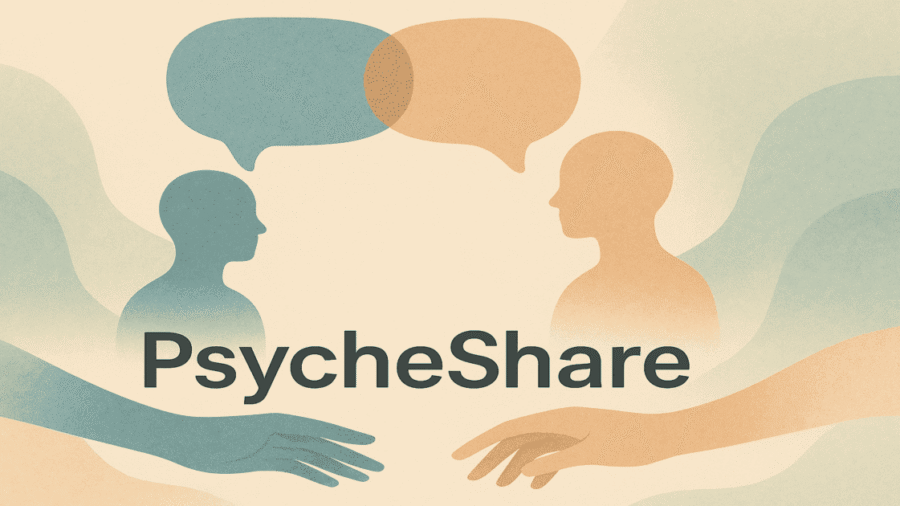When people seek therapy, they often feel overwhelmed by their problems and unsure where to start. Solution-Focused Therapy offers a refreshing approach, it does not dwell on what is wrong, but instead focuses on what is possible. It asks, “What is working?” and “What will your life look like when things are better?”
This future-focused and strength-based form of therapy has helped thousands of people move forward quickly and confidently. In this blog post, we will explore what Solution-Focused Therapy is, how it works, and why it might be the right choice for anyone seeking positive change.
What is Solution-Focused Therapy (SFT)?
Solution-Focused Therapy, also known as Solution-Focused Brief Therapy (SFBT), is a short-term, goal-oriented approach to psychotherapy that focuses on finding solutions rather than analyzing problems. Developed in the 1980s by Steve de Shazer and Insoo Kim Berg at the Brief Family Therapy Center in Milwaukee, this method helps individuals envision a better future and identify the steps they need to take to get there.
The foundation of SFT is the belief that people already possess the skills and resources needed to create change. The therapist’s role is to help the client uncover and build upon these strengths.
According to the Institute for Solution-Focused Therapy, this approach emphasizes what clients want to achieve rather than what they want to eliminate, and therapy sessions are structured to explore the client’s vision of the future and amplify past successes.
Key Principles of Solution-Focused Therapy
1. Focus on Solutions, Not Problems
Rather than exploring the origin or depth of a problem, SFT encourages clients to describe what life will look like without the problem. The focus is on what works, not what is broken.
2. The Client is the Expert
SFT operates on the belief that clients are the experts in their own lives. Therapists do not offer advice or interpret behaviours; instead, they ask questions that help clients uncover their own solutions.
3. Change is Constant and Inevitable
Therapists highlight small signs of change and use them as building blocks for progress. Even tiny improvements are celebrated as evidence of the client’s capability to grow.
4. Use of Strategic Questions
Some of the most common tools in SFT are powerful, forward-thinking questions, such as:
- “What will be different when things are better?”
- “Can you think of a time when this problem was not present?”
- “On a scale from 1 to 10, how close are you to your goal today?”
One of the most famous tools is the “Miracle Question”, which asks clients to imagine what life would be like if a miracle happened overnight and their problem was solved. This helps them articulate clear goals and identify what steps they can take to achieve that vision.
What Happens in a Solution-Focused Therapy Session?
A typical session may feel more like a conversation than traditional therapy. The therapist will:
- Encourage the client to describe a preferred future
- Identify previous instances when the problem was less intense or absent
- Help the client discover their strengths and resources
- Celebrate progress, no matter how small
- Focus on building practical, achievable steps
Sessions are usually brief, often between 3 to 10 meetings, and centered around measurable goals. According to a study published in The British Journal of Social Work, SFT is effective for a wide range of issues and particularly valued for its time efficiency and client empowerment.
Who Can Benefit from Solution-Focused Therapy?
Solution-Focused Therapy is used in many settings including mental health clinics, schools, hospitals, and substance abuse programs. It is helpful for individuals, couples, and families facing challenges such as:
- Depression
- Anxiety
- Relationship issues
- Parenting difficulties
- Stress and burnout
- Behavioural concerns in children and adolescents
It is especially useful for clients who are looking for fast, goal-directed change or who may feel discouraged by long-term, problem-focused therapy.
According to the National Institute for Health and Care Excellence (NICE), SFT can be part of stepped care interventions for mild to moderate depression and anxiety, particularly when short-term therapy is preferred.
Benefits of Solution-Focused Therapy
- Quick results: Many clients see improvements within a few sessions.
- Client empowerment: It highlights strengths rather than deficits.
- Goal clarity: Clients leave sessions with a clearer vision of their goals.
- Strength-building: Reinforces past successes and current resources.
- Applicable across cultures and ages: Easily adaptable to diverse populations.
Is Solution-Focused Therapy Right for You?
If you are ready to focus on what works, explore your strengths, and build a better future—without spending months analyzing the past—then Solution-Focused Therapy might be an ideal approach for you. It can offer hope, clarity, and direction, even when you feel stuck.
Therapy does not always have to be long and heavy. Sometimes, asking the right questions can lead to the right answers, and change can begin with just a single shift in perspective.
Final Thoughts
Solution-Focused Therapy is a powerful reminder that growth does not require fixing everything at once. Sometimes, it begins by simply identifying what is already working and doing more of that. With its optimistic tone and practical tools, SFT offers a path forward grounded in hope, strengths, and small victories.
If you are looking for a therapeutic approach that is respectful, efficient, and effective, one that helps you build on your own wisdom and resources, Solution-Focused Therapy could be your next step toward meaningful change.



Add a Comment